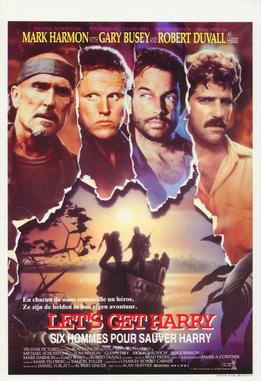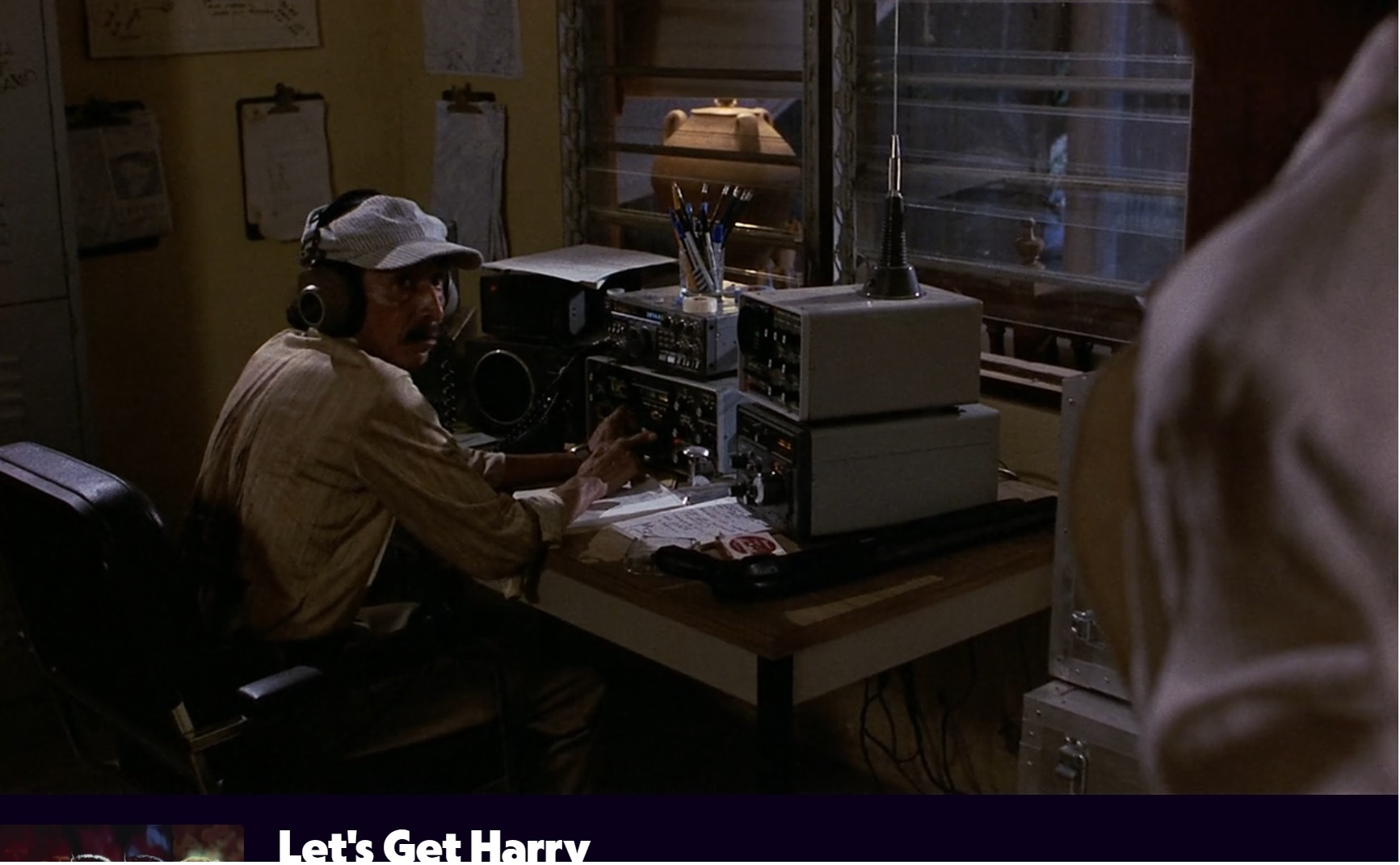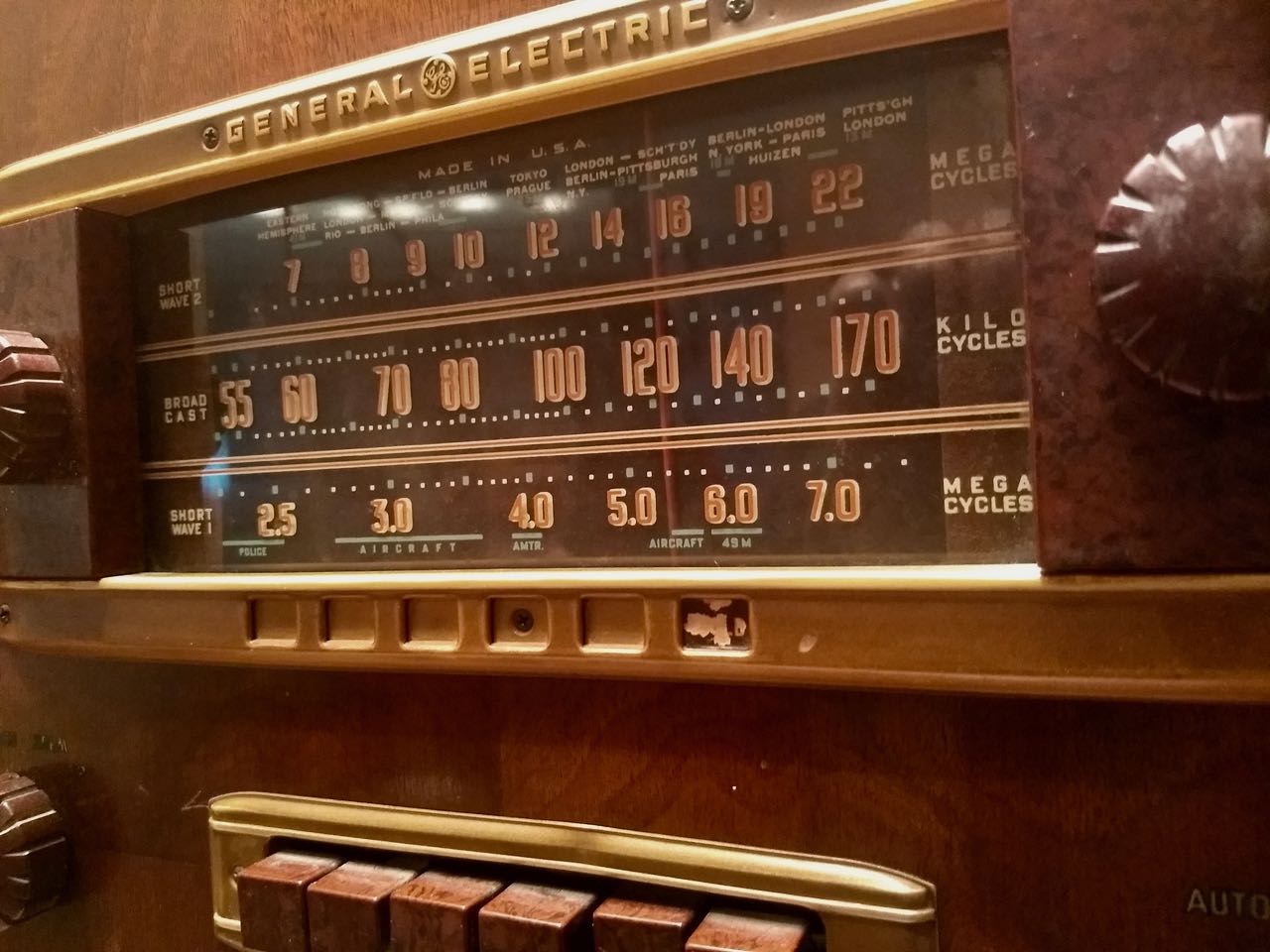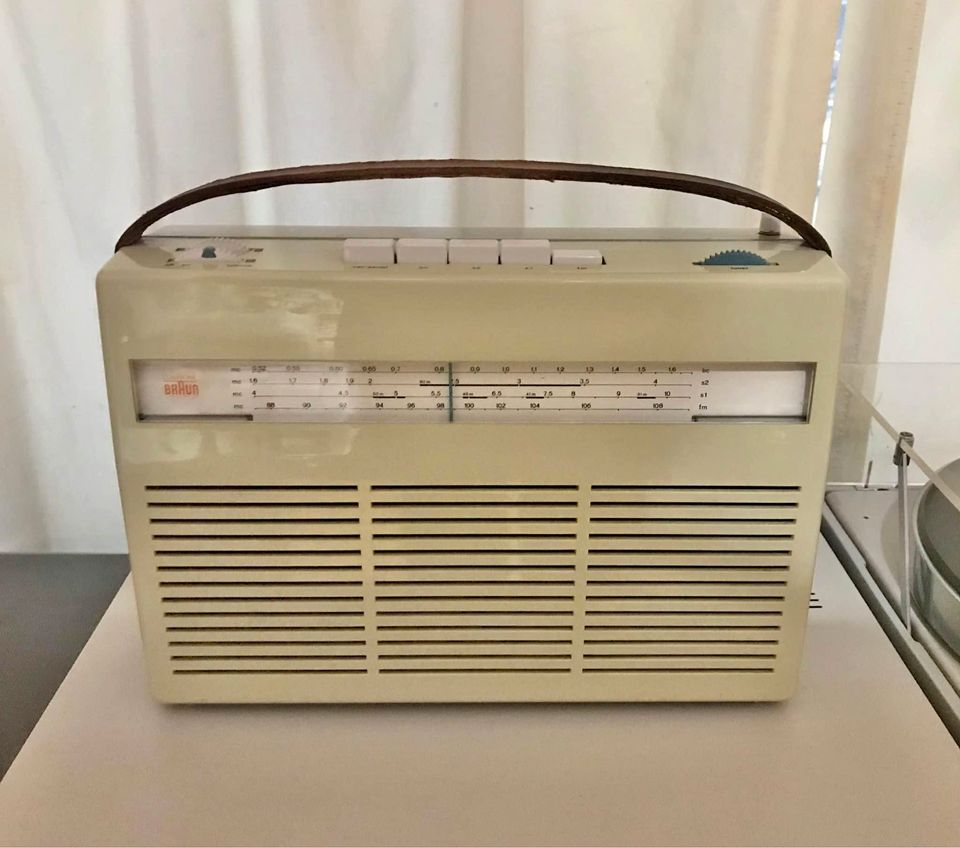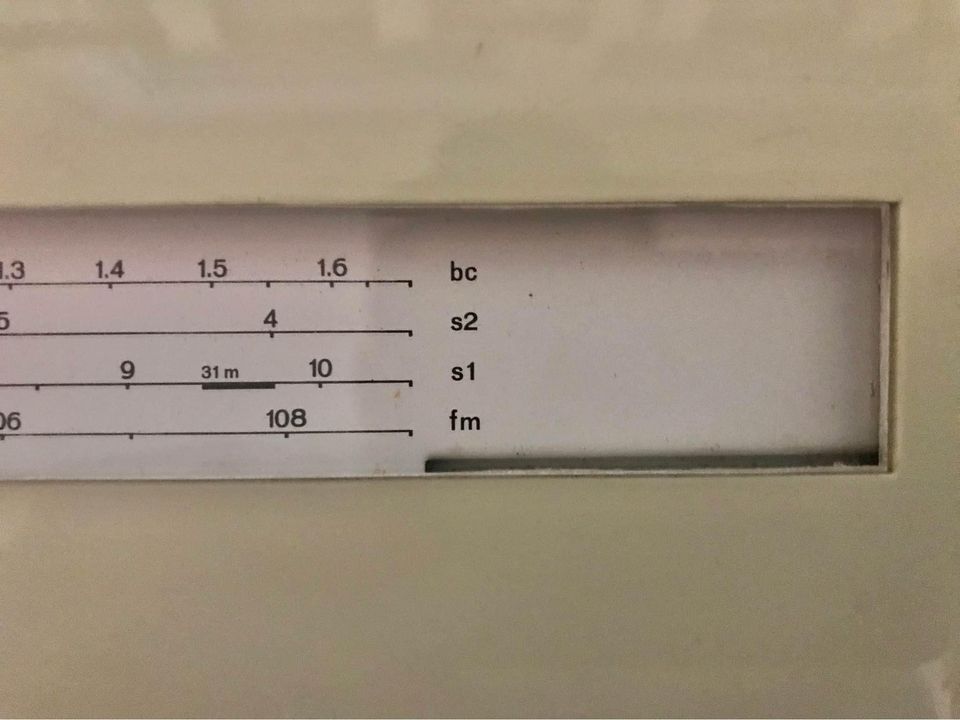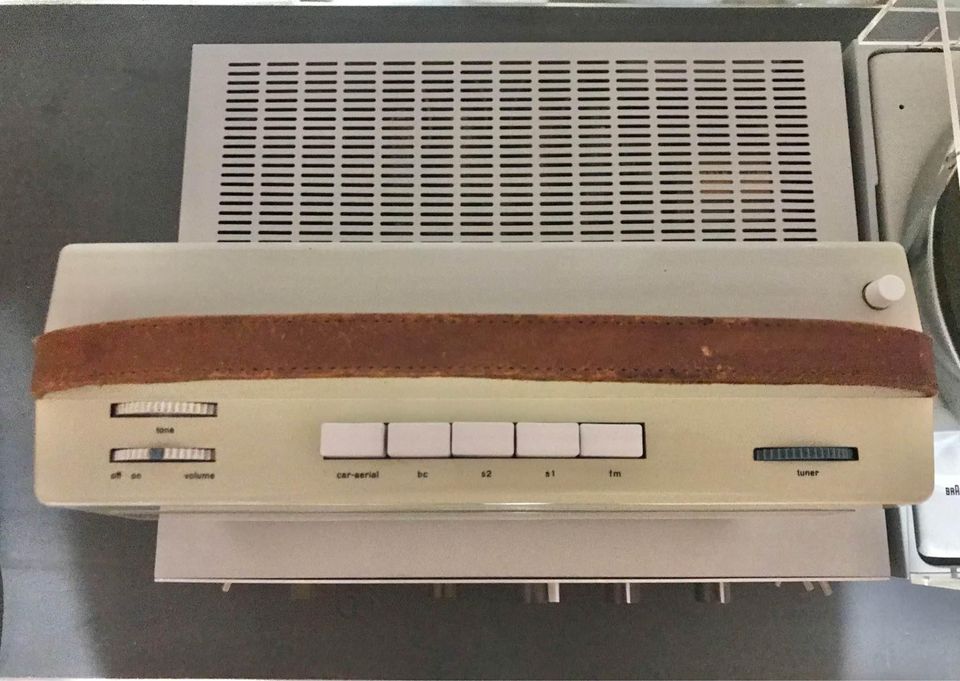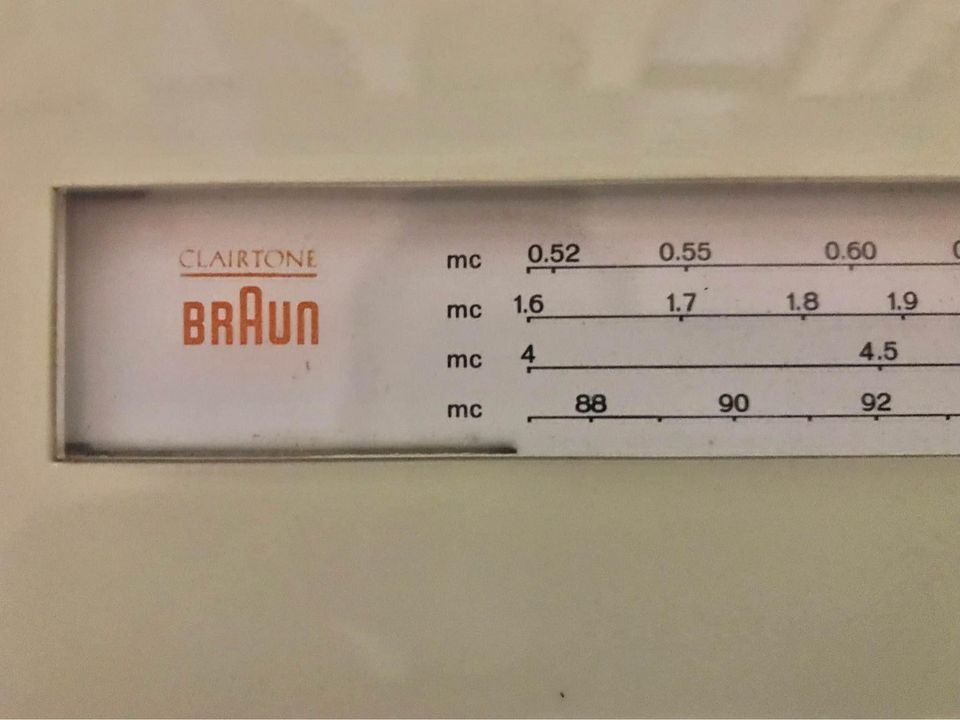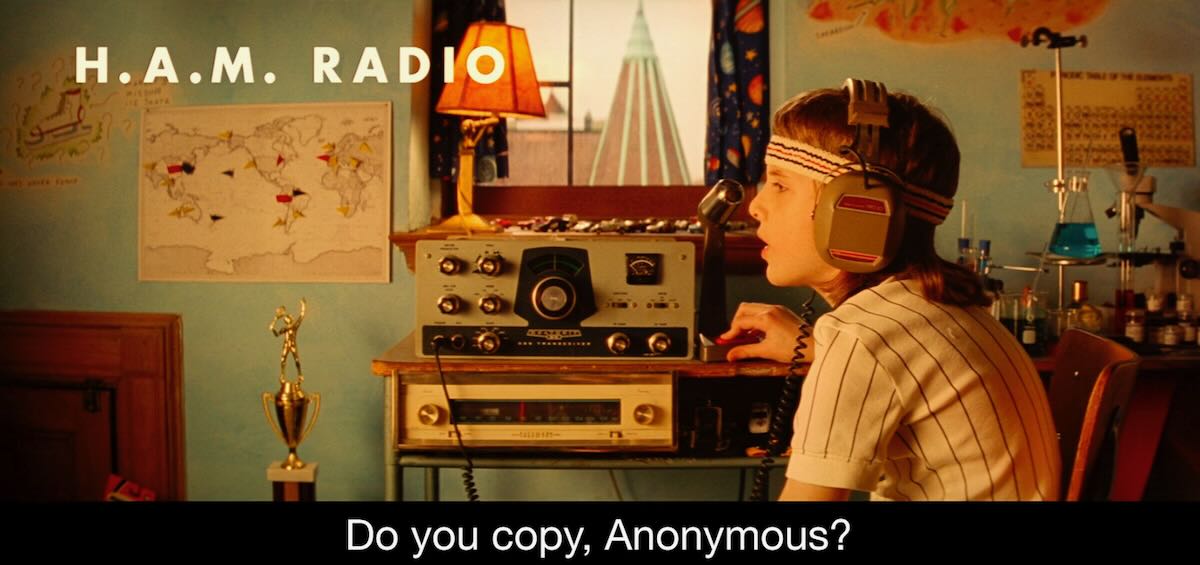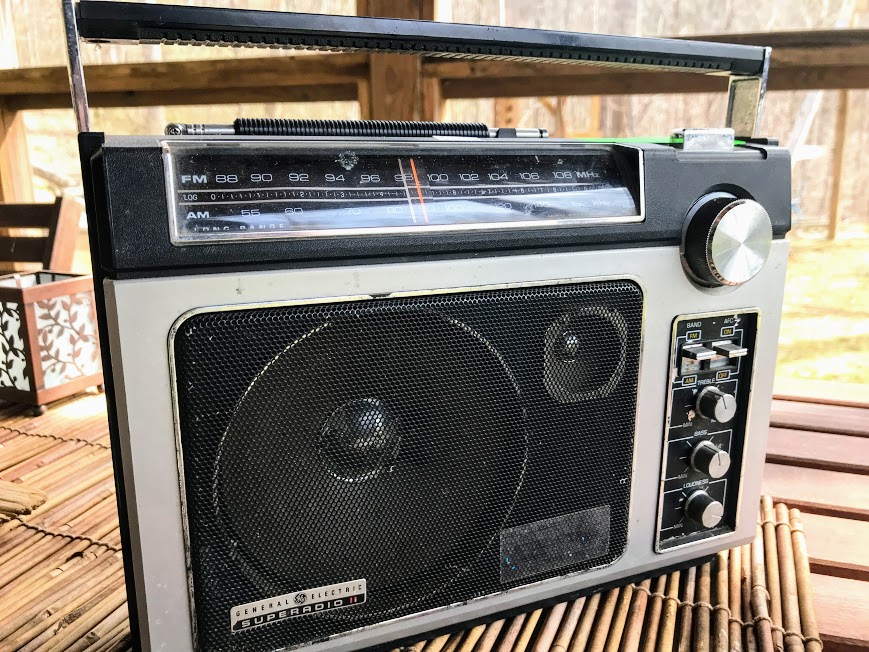 Many thanks to SWLing Post contributor and supporter, Chuck Rippel (K8HU), who shared the following comment on this post regarding his excellent Superadio restoration services. I wanted Chuck’s comment to get more visibility, so I am reposting it here (hope you don’t mind, Chuck!).
Many thanks to SWLing Post contributor and supporter, Chuck Rippel (K8HU), who shared the following comment on this post regarding his excellent Superadio restoration services. I wanted Chuck’s comment to get more visibility, so I am reposting it here (hope you don’t mind, Chuck!).
Chuck comments:
A number of folks have written, asking if I have any radios to sell. Every now and again, there is a model 1 or model 2 (they are electrically identical) that I offer for sale.
However, there is a better approach to obtaining a restored SR-1 or 2. Go up on E-Bay and look for a nice GE SR and have the seller ship it to me after you purchase it. Make SURE the seller encloses a note with your purchase with your name and contact information so I know to whom the radio belongs.
This one caught my eye and would be a worthy candidate for restoration and to add to a collection:
https://ebay.us/Mx7VEW
[Note: the eBay Partnership link above supports the SWLing Post at no cost to the buyer]
It’s also an excellent example of a decent SR being sold 2nd hand.
Couple things to watch for:
Shipping charges in excess of $20. Save for coast to coast or a rural area, $20 is about the reasonable limit. Many of the radios are picked up by people wandering through estate sales, thrift shops, garage sales, etc…. who have no idea what they are buying. Many see “GE Super Radio” and put it on E-Bay simply because the radio carries the “Super Radio” label. I would guess that is why there are so many Super Radio model 3’s on E-Bay. Those were made by RCA with a GE label printed on them but their performance is sub-par to the model 1 or 2.
Finally, if you have a SR-1 or 2 you’d like me to work on, drop a note and I’ll send you back a 2 page FAQ. It outlines what will be done, how to ship it and pricing which includes a couple of options from which to choose. Please read and understand the FAQ before shipping. If you decide to send it, please do it promptly and let me know it’s coming. I ask you to include your POC information with the radio and that’s best done on a word processor or note pad then printed. Sometimes, handwritten script is a bit difficult to read.
I’ve gotten radios with no return address or POC sent from a UPS store, (who does that go back to?). There are a few options from which to choose and I strongly recommend 1, having Conformal Coating applied to the solder side of the PCB’s. Solder is hydroscopic and can absorb moisture over time and we won’t get into battery acid. My conformal coating is similar to the “MFP” process used on certain mil-spec electronics save that unlike MFP, I only apply coating to the solder side of the board. A board treated to MFP has both sides coated.
Ok, now a general question:
I created a Groups.io page where those interested in the 2 GE Super Radios can share their experiences. The initial invitations went out, give it a couple days but if you did not get one and are interested, drop me a note. My e-mail address is in several location on this blog [including in this post].
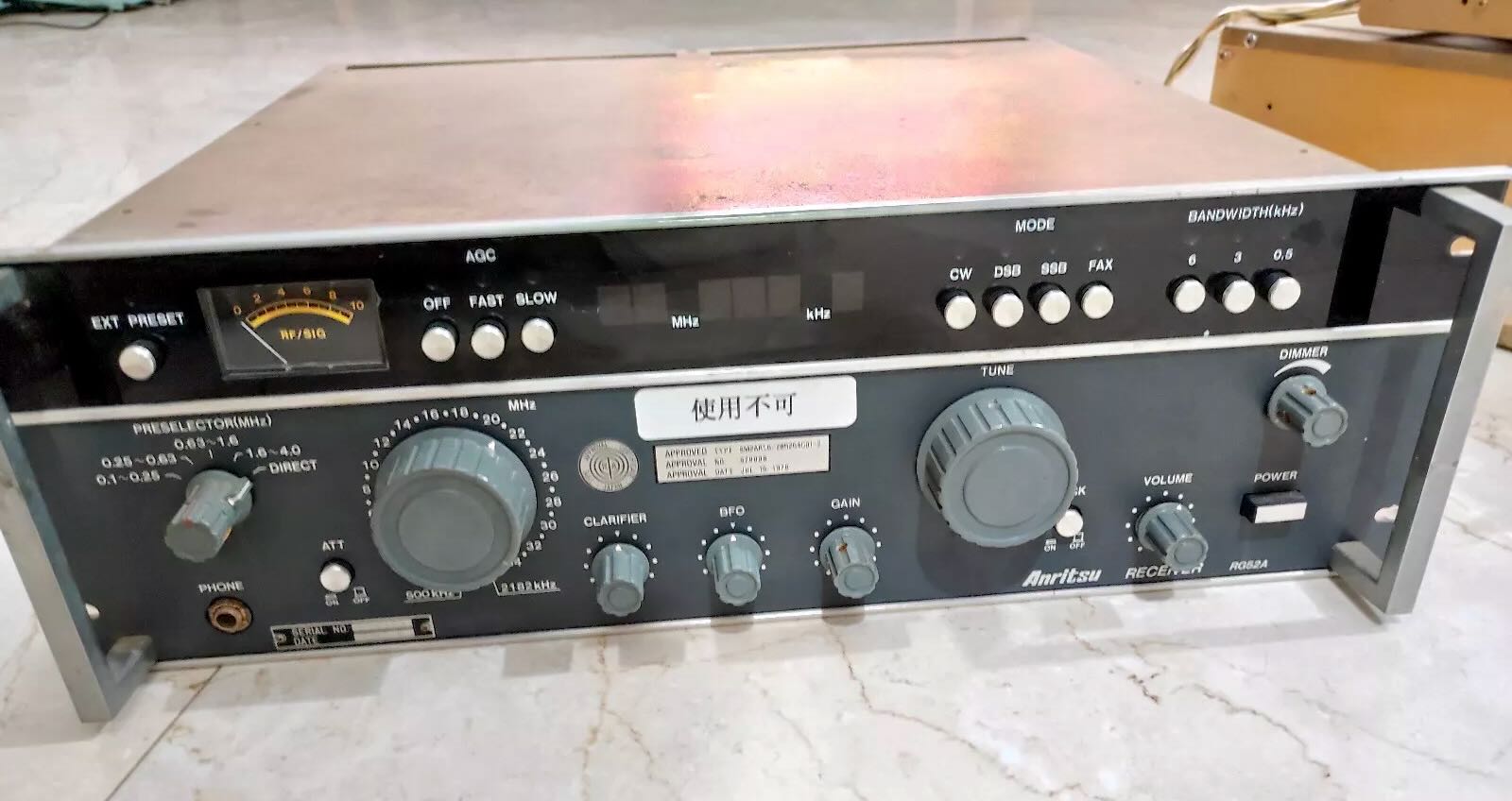 Many thanks to SWLing Post contributor, Rob Gray, who writes:
Many thanks to SWLing Post contributor, Rob Gray, who writes:


